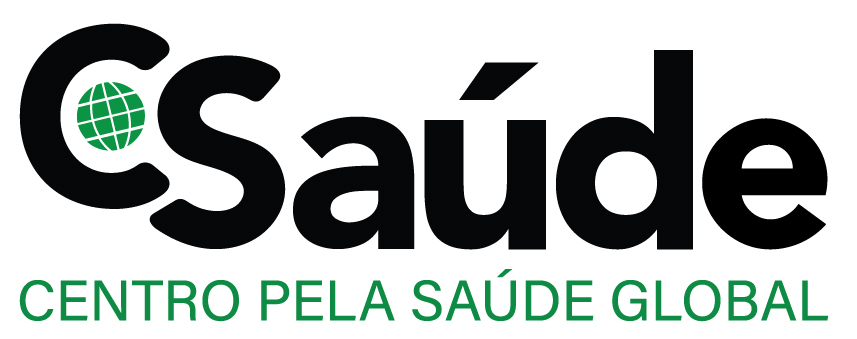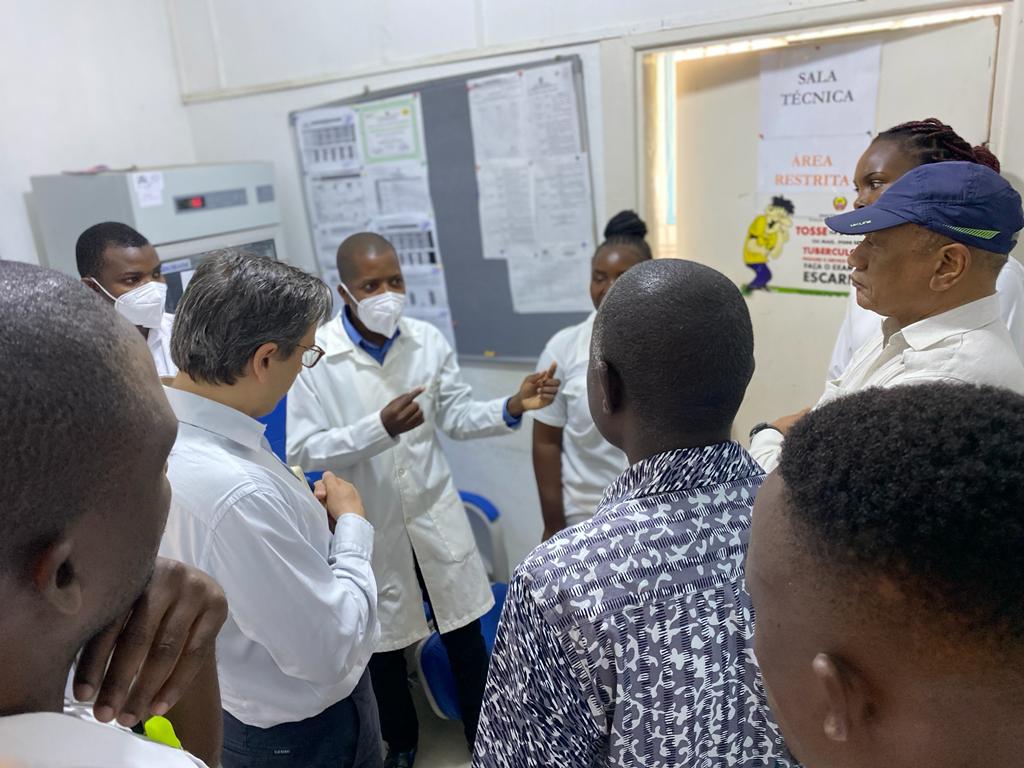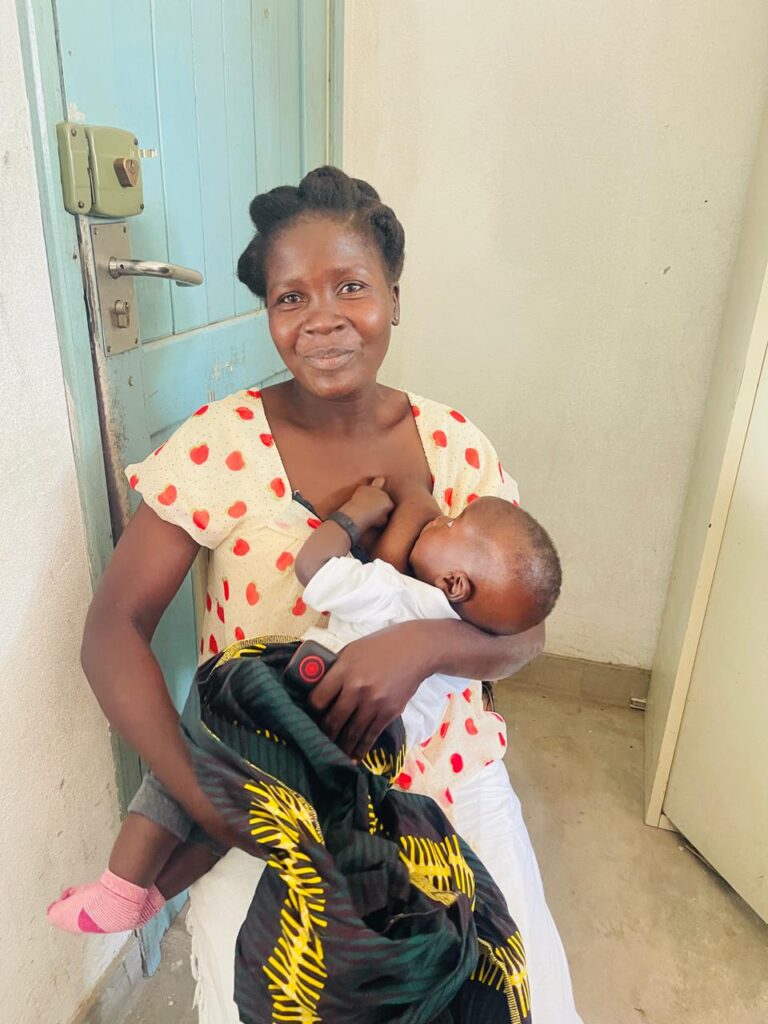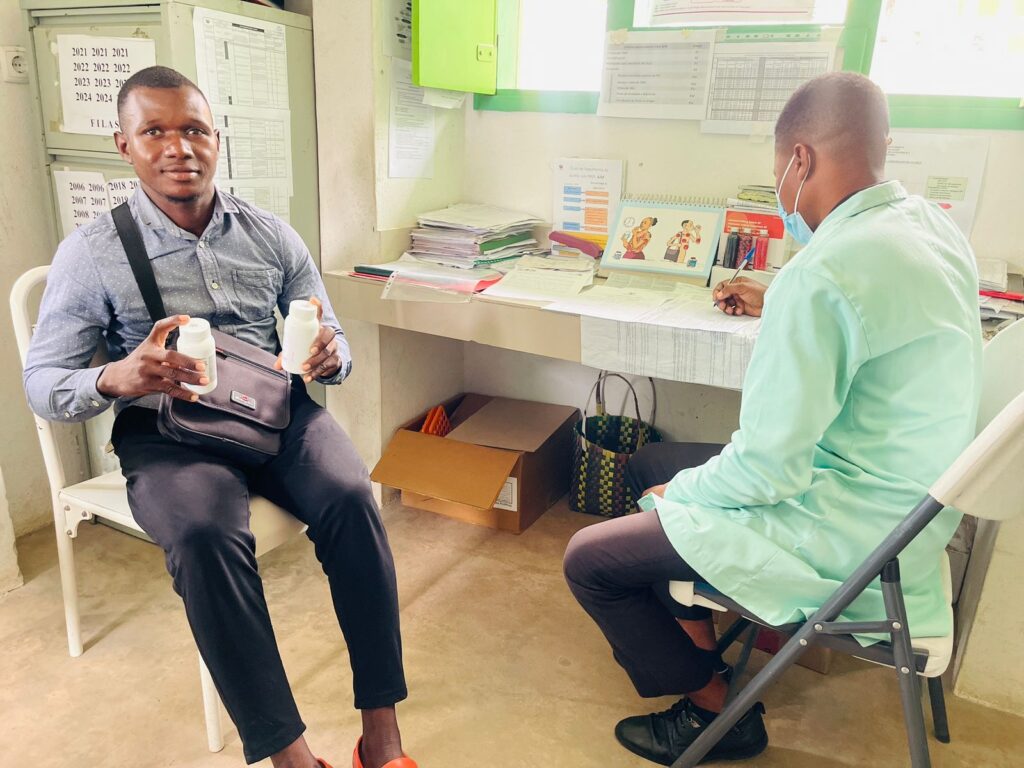In Mozambique, where tuberculosis remains a critical public health challenge among children, the story of Eva Evaristo, a 2-year-old girl from Namacurra in Zambézia province demonstrates the effective application of innovative diagnostic and treatment approaches under the PEPFAR-supported National Tuberculosis Control Program.
Eva’s journey began when her mother, Mrs. Goi Luís, noticed that Eva was running a persistent fever and losing weight. An initial visit to the Naciaia health facility produced inconclusive results, prompting Mrs. Goi to seek further evaluation at the Namacurra sede health facility. There, considering Eva’s family history her grandmother was being treated for tuberculosis the healthcare team raised the possibility that the young girl might also have contracted the disease.
Confirmation came through an unconventional test: a stool sample. Diagnosing tuberculosis in children is particularly challenging due to the difficulty they face in providing sputum samples. In response, the National Tuberculosis Control Program, in collaboration with C-Saúde and with PEPFAR funding, introduced an alternative diagnostic approach using stool samples. Despite initial reservations, Mrs. Goi understood the importance of the test and, with the help of the health team, was able to collect the sample. The result, days later, confirmed what everyone feared: Eva had tuberculosis.
Mrs. Goi recalled, “It was a shock to learn that my daughter had the same disease as my mother. But at the same time, I was relieved to know that there was a cure.”
Following the diagnosis, Eva commenced tuberculosis medication.
Mrs. Goi observed early changes in her daughter’s condition, explaining, “At first, I received medication for a month, and I soon noticed improvements. My daughter was more energetic, her eyes began to shine again, and her appetite returned.” Alongside medication, Eva’s treatment plan included nutritional and psychological support. These integrated services were crucial given the challenges Mrs. Goi faced in managing the long-distance travel to health facilities and the ongoing risk of reinfection within the household.
Reflecting on the difficulties she encountered during this period, Mrs. Goi stated, “It was hard, but as a mother, nothing stopped me from giving my best for my daughter. I knew that the cure was within our reach, and I had to fight for it.”
After several months of consistent treatment and follow-up, Eva’s condition improved markedly Her recovery was evidenced by her renewed energy and a return to normal activities, attesting to the success of both the medication regimen and the novel diagnostic strategy. Mrs. Goi expressed her relief and gratitude: “Now, my daughter is cured and healthy. She is a girl full of joy. As a mother, I feel immense happiness seeing her well again. “Eva’s illustrates the tangible benefits of adopting stool-based diagnostic methods for pediatric tuberculosis. Between January and December 2024, the implementation of stool diagnosis resulted in a significant increase in the number of confirmed diagnoses: from 8 TB identified cases in 126 samples collected among children in the first quarter of fiscal year 2025 to 54 cases identified in 485 samples in the fourth quarter. This change not only saved Eva’s life but also influenced her grandmother, who found motivation in her granddaughter’s recovery to continue her own treatment.
“It is essential for communities to share experiences like ours so that people know that tuberculosis is curable,” says Mrs. Goi, emphasizing the importance of awareness. Now, Eva’s next step is to ensure she is not reinfected, and Mrs. Goi is committed to following all prevention guidelines.
Eva’s story is a beacon of hope, an example of the positive impact that early diagnosis and appropriate treatment can have on a child’s life. The innovation of stool-based diagnosis, supported by C-Saúde through PEPFAR funds, is a crucial tool in the fight against tuberculosis. Eva’s journey reminds us that healing and hope are within reach when we seek the right care and work together for the health and well-being of our communities.
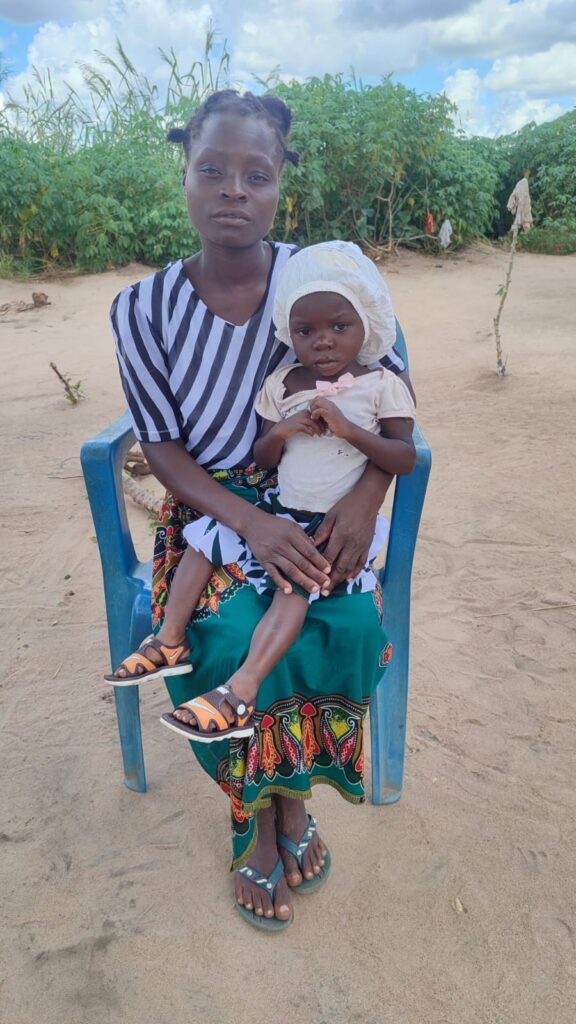 Eva Evaristo, sitting on her mother’s lap, serves as a reminder that new beginnings are always possible. “Eva’s treatment was a success. Looking back, I realize how this experience has made me stronger. The most important thing was to follow all the guidance from the health providers. My daughter is well now, and I am grateful for everything we learned in this process.” Mrs. Goi
Eva Evaristo, sitting on her mother’s lap, serves as a reminder that new beginnings are always possible. “Eva’s treatment was a success. Looking back, I realize how this experience has made me stronger. The most important thing was to follow all the guidance from the health providers. My daughter is well now, and I am grateful for everything we learned in this process.” Mrs. Goi 